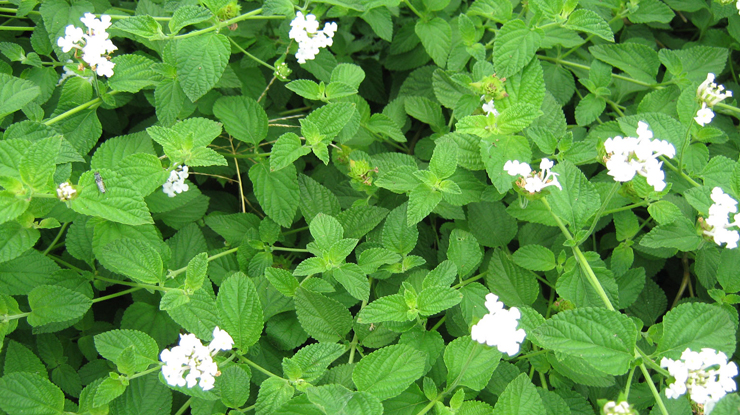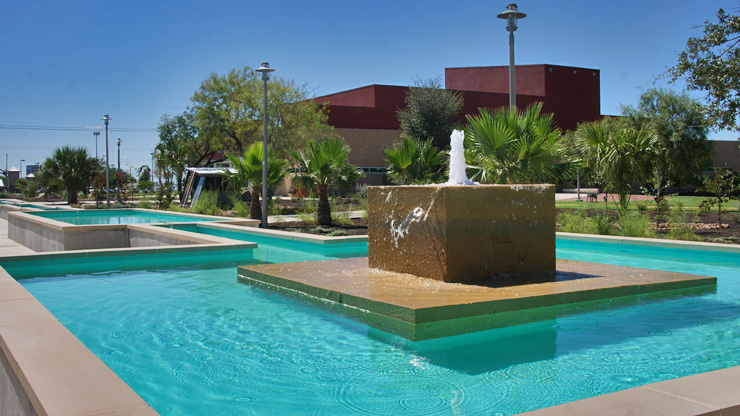Extending eastward from the Aquatic Center and Gymnasium, this area has many butterfly-attracting plants available for forage and shelter. These are necessary for the proliferation of these colorful insects. In a tranquil and peaceful setting is a small, screened-in insectary which functions as a protected nursery for caterpillars and beneficial insects. The adjacent area displays those plants most desired by migratory and indigenous butterflies and moths. Small log pieces and branches are placed in the garden to provide access to sap and bark. Parsley family plants (Apiaceae) are the favored caterpillar food of swallowtail butterflies, including the eastern black swallowtail, Papilio polyxenes. Dill and fennel punctuate the insectary beds to attract the metallic blue, black-white and orange-winged beauties.
The surrounding area is planted with bottomland hardwood trees (pecan, bald cypress, wax myrtle), flowering understory trees, grasses and flowering perennial plants specifically chosen for their butterfly-satisfying qualities. Included is a small water feature which replicates a Texas natural Hill Country spring. This feature provides butterflies, bees, dragonflies and other beneficial insects with a water source and a hiding place from predators. Trellises and screens surround the insectary to act as support for flowering vines, which act as "butterfly magnets." An open meadow at the west end of the trails called the Convocation Meadow allows for outdoor activities, sunbathing, study and rest. This maintained prairie serves as an outdoor venue for the Performing Arts Center.


